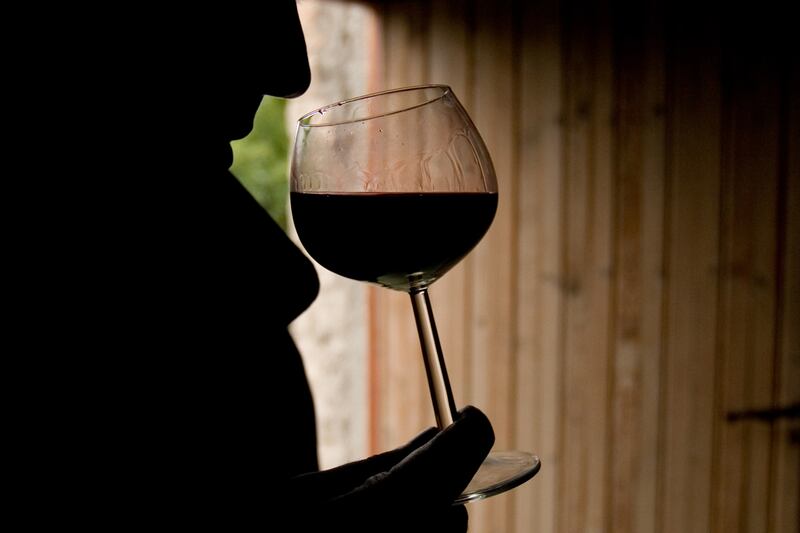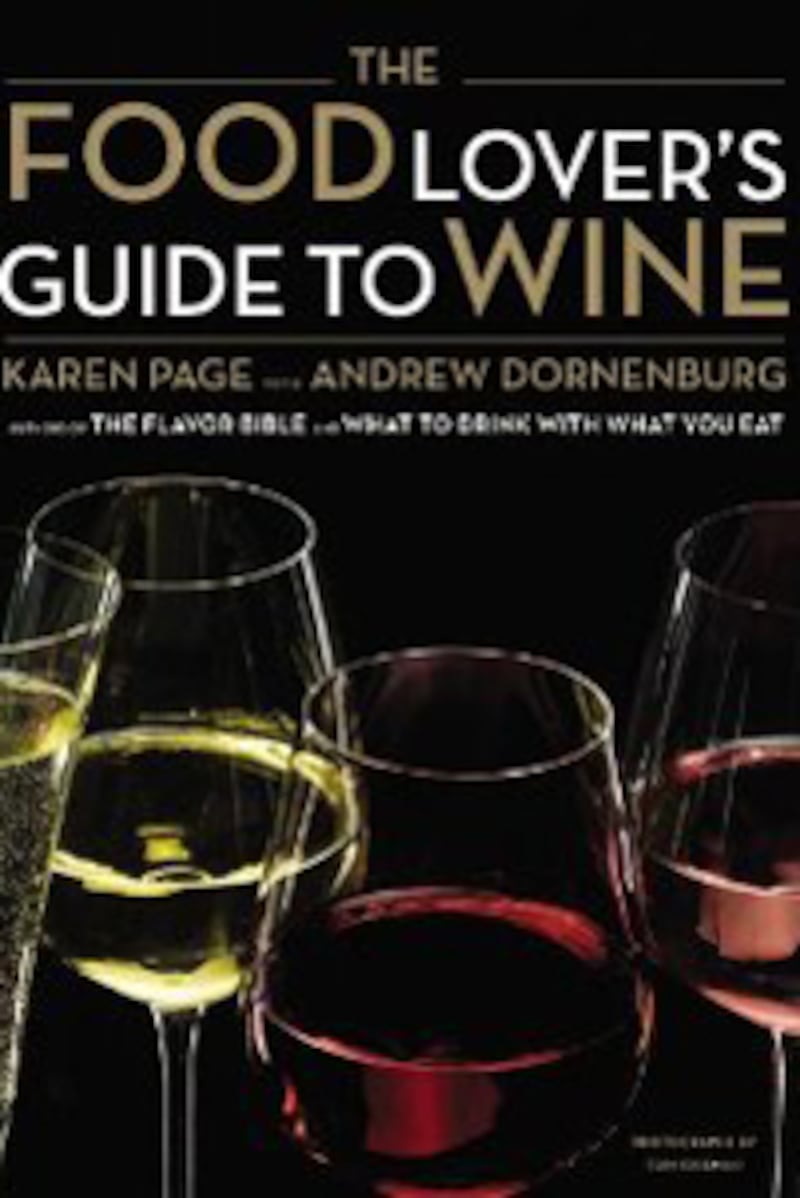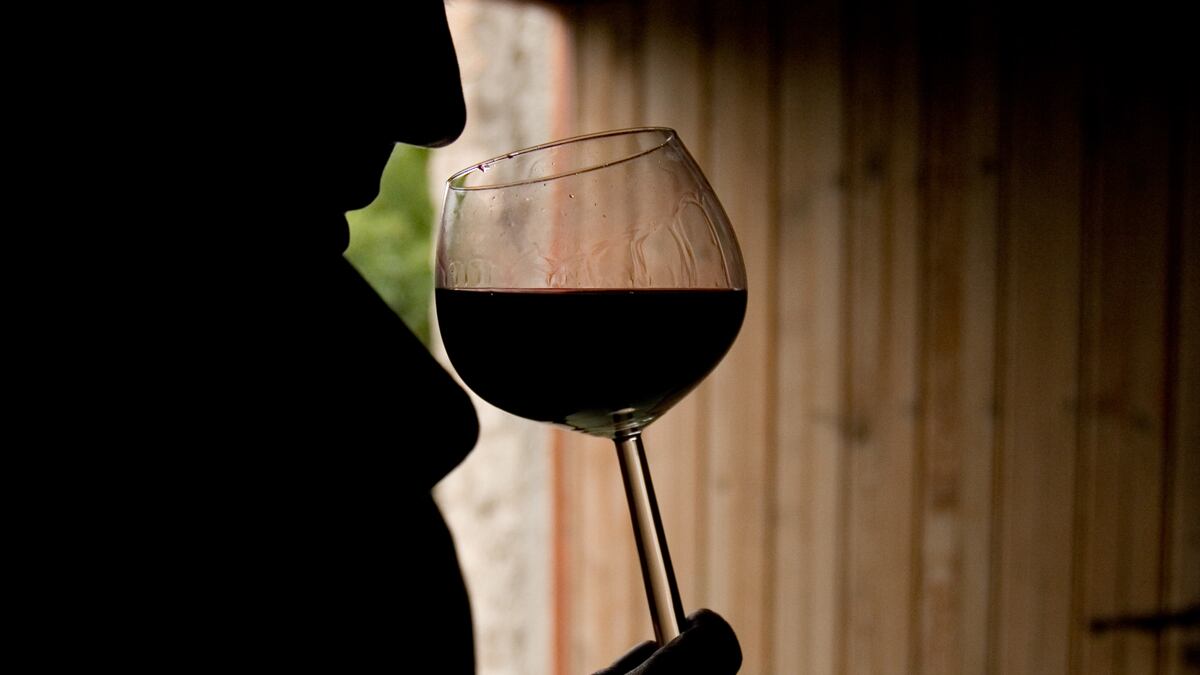In the food world, it is a poorly kept secret that chefs don’t know anything about wine. Even highly rated toques, beavering away in their spotless kitchens and fixated on the next foamy creation, don’t often visit vineyards and get their Crocs muddy, let alone talk to winemakers or take a taste of the latest vintage. Sure, chefs will tell you, this or that dish marries well with this or that wine, but after scratching the surface of their wine experience, there’s precious little knowledge or wisdom—except in those rare cases where wine has become a ruling passion in a chef’s life. But for a vast number of chefs, default food-and-wine marriages are trusted tropes—a minerally premier cru Chablis with Dover sole or a zesty California zinfandel with a cheeseburger. Should you suggest something inspired or adventurous, many chefs will demur and revert to their been-there, drank-that pairing.
So where to turn for good advice, geeky wine nuts?
For their part wine stewards, sommeliers, or even a master sommelier or a master of wine—the latter two titles being the most respected merit badges in the wine world—are not necessarily known for their way around a restaurant kitchen. In climbing the ladder of vinous knowledge, professional wine nerds will immerse themselves in every topic from trellis management systems and obscure grape and wine types to memorizing vintage-to-vintage variations of a given winemaker’s tiny production. Yet if you ask them about an essential point of cooking or how to master a given technique, well, most are struck dumb.
ADVERTISEMENT
And why not, we live in an age of specialization: management consultants depict this affliction in an organization as a “silo mentality.” In the culinary and wine worlds, it’s simply fear, fear of making a dumb choice. Fortunately, the stakes aren’t so high, after all we’re only talking about food and an accompanying beverage; the best advice to the amateur food-and-wine lover is to relax, experiment with interesting, off-the-beaten-path match-ups, and do a bit of reading and research—not the most onerous of assignments!
While circumstances in restaurant kitchens and wine cellars have immeasurably improved in the past 10 years or so—chefs are much more interested and far better informed about the latest wine trends, while wine professionals who serve the public are increasingly rounding out their expertise by gaining hands-on experience in kitchens—the business (really, the fun) of food-and-wine pairings need not be so complicated or fraught with “which-wine-with-which-dish” anxiety.

Two experts who do manage to nimbly navigate this tricky terrain are food-and-wine writers Karen Page and Andrew Dornenburg, whose newest tome The Food Lover’s Guide to Wine is packed with useful information and practical advice about making the most of marrying a bottle of wine with a meal, whether home cooked or out on the road.
Page and Dornenburg start from the premise that “what we love most about wine is its ability to make food taste even better.” This simple but important thought animates their thorough but entertaining book in which the authors urge the reader to “think of learning about wine as playtime.”
Perhaps the book’s strongest feature is a series of extended comments about complementary food-and-wine pairings from some two dozen of the country’s most talented sommeliers—Michel Couvreux at Per Se in New York on becoming a sommelier; Cat Silirie at No. 9 Park in Boston on avoiding big-time wine brands; and Raj Vaidya of Restaurant Daniel in New York on Burgundy.
Here are four sommelier wine-and-food tips from the book: for grilled octopus, Roger Dagorn, a master sommelier at Porter House, New York, recommends: “Gaia Estate (from Greece) makes an approachable Retsina that has only 5% added resin as opposed to the usual 20%, so there’s no turpentine-like aroma. It’s bone-dry, with notes of oregano … and I genuinely like it!”
On the topic of rosé wines and food, Cat Silirie counsels: “In the spring, you want a delicate French rosé, then you move into Italian rosé, known as rosato. A friend observed that the French make rosé like a white wine and Italians make it like a red wine … An Italian rosé from the south has a touch of bitterness and tannin that is so appealing with food as well as refreshing.”
On the food friendliness of the chenin blanc grape, Claire Paparazzo, Blue Hill, New York, says: “It may be my favorite grape … It’s incredibly versatile, and it’s fascinating with food, which seems to bring out its minerality and complexity.”
Michel Couvreux on the critical importance of a chef tasting his new dishes with wine: “After working at Bouley, I went over to Le Bernardin as its sommelier … I enjoyed working with [chef] Eric Ripert a lot, because he was very involved with the wine. Every time he created a new menu, I would taste the food, and he would try the wine … [with seafood], white Burgundy was magic.”

The authors have also added an informative timeline of highlights in American wine-and-food history from 1607 to the present. But the heart of the book, Chapter 4, features a succinct, yet comprehensive alphabetical listing of key wine regions, grape types, and specific wine appellations—entries range from agiorgitiko, a Greek red grape, to zweigelt, an Austrian red grape. As with the book’s other chapters, this A–Z compendium is liberally interspersed with sommelier tips about how to ask for and receive the best advice possible from a wine steward or sommelier, and if one is not around, how to confidently choose a never-before-tried wine selection on your own.
Like the authors’ previous food and wine book, What to Drink With What You Eat, published by Bulfinch in 2006, The Food Lover’s Guide to Wine should become a standard reference for both wine beginners and avid connoisseurs, packed as it is with so much useful advice and insider tips. In short, Page and Dornenburg take the danger out of unexpected but pleasurable vinous liaisons we all look for with each pop of the cork.






